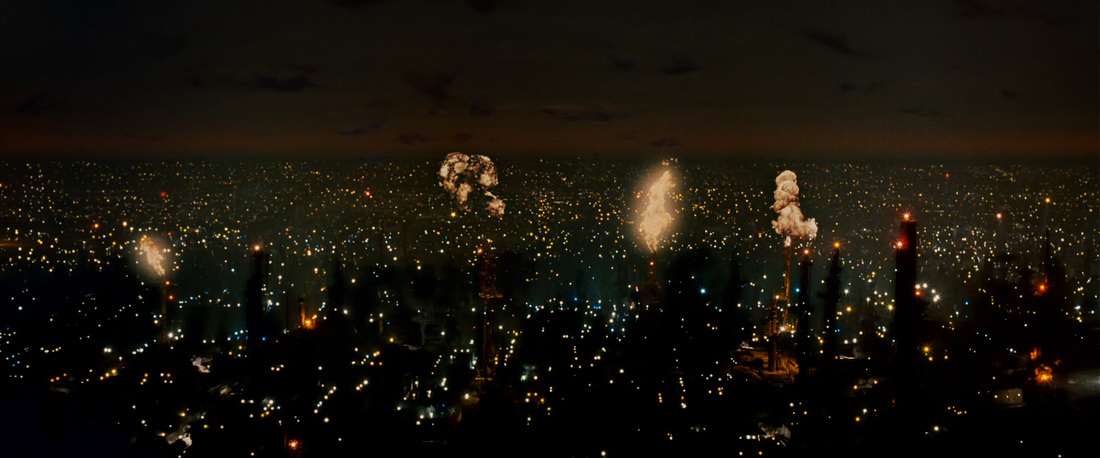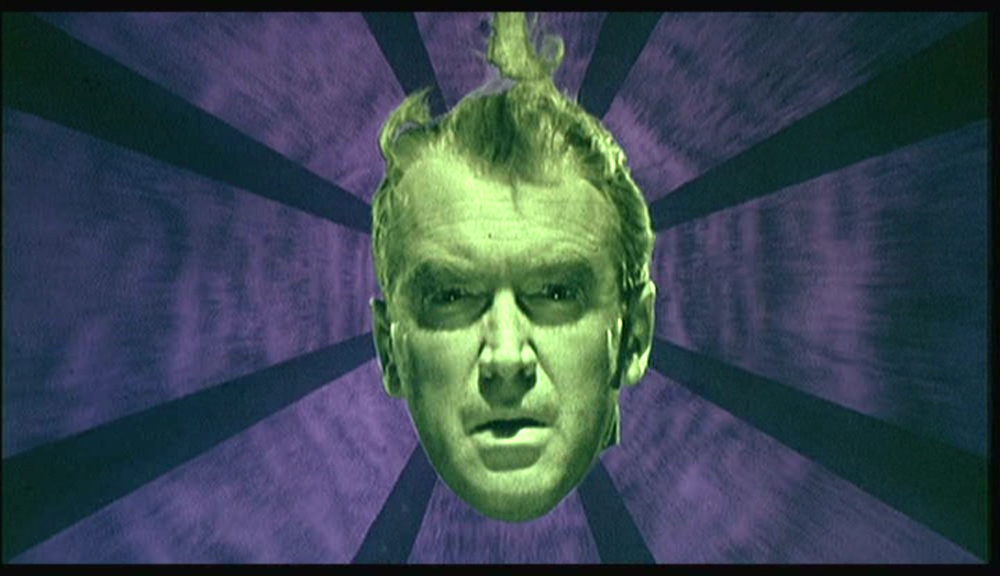|
10. Dawn of the Dead (1978) – Although commonplace today, it was once unusual to have a film in which your lead characters were anything other than white males. This has since changed, and part of the reason for the change was certain filmmakers in the vanguard, making films on the cheap, were able to cast their films differently. One of these was George Romero, whose brilliant Night of the Living Dead came out of the 1960s, making a sequel to anticipate the 1980s and the years to come. Horrific, hilarious, and acerbic as hell, Dawn of the Dead is as complete an experience as one could want from a motion picture and has been imitated to death ever since. Obviously a huge influence on Dario Argento, who went on to make some terrific pictures himself, including Deep Red with David Hemmings. However, like so many of Romero's films, including the early The Crazies, the films are really about the breakdown of civil society and what remains when that happens. The flashier remakes of the Dead films and The Crazies both capture the horror but only on the surface level; Romero's themes are largely untouched. 9. Jaws (1977) – Along with Star Wars, the picture that ruined Hollywood, but still a perfect picture, behind-the-scenes trouble be damned. Incredible cast, directed with an energy Spielberg would seldom display afterward, in an adventure film that also satirizes machismo and adventure films in general. 8. Aguirre, the Wrath of God (1972) – Werner Herzog’s first collaboration with Klaus Kinski, in an authentic-feeling drama about conquest and insanity. Filled throughout with unforgettable images, a film about a lunatic made by lunatics.
7. A Night at the Opera (1935) – The final act of this picture is still the funniest sustained series of comic scenes I have ever experienced. Skip the singing, but don’t miss Harpo’s piano solo. 6. Le Samourai (1967) – Some folks find this picture static; I get it. A striking series of images, most taken from iconic gangster films of the 1940s, given Jean Pierre Melville’s eye for detail and the phenomenon that is Alain Delon. What does it mean? Perhaps not as much as it supposes, but even as a pop sensation it is nearly unbeatable for its aesthetic values alone. Hugely influential, most obviously on John Woo and Chow Yun-Fat. 5. Blade Runner (1981) – Yes, the production design is incredible. Yes, Rutger Hauer gives one of the great performances in a melodrama of all time (and Harrison Ford gives an underrated one in the bounty hunter role). I have written a long essay about this film that appeared in my first book, Dissenting Views, and it has remained in my thoughts ever since I first saw it more than twenty years ago. An astonishing and all-too-human film.
The Maltese Falcon (1941) – This was John Huston’s first goddamn film. For me, the greatest Hollywood script ever written, delivered by the greatest cast ever assembled: Bogey, Mary Astor, Sidney Greenstreet, Peter Lorre…a pop masterpiece, sure, but truly dazzling in execution. So many famous lines I could quote, but you know them all already; and if you don’t, go rectify that situation, for god’s sake. 1. 2001: A Space Odyssey (1968) – Stanley Kubrick is my favorite director, and for me every film he made was a masterpiece perhaps apart from Killer’s Kiss – but even that has points. (I leave out his director-for-rent picture Spartacus, which is quite good but not in the same arena as his own work.) There’s not much I can say about this picture that hasn’t been said already, but it is the single most influential film on my life and my own literary work. And since this entire list is subjective, as this whole subjective will be, that is the best I can say for it. It lives, it recurs in my thinking and my writing, and I think about it all the time both on the level of its technical execution and the vividness of the ideas within.
0 Comments
Your comment will be posted after it is approved.
Leave a Reply. |
AuthorThis is Joe Green's blog. Archives
August 2021
Categories |


 RSS Feed
RSS Feed
